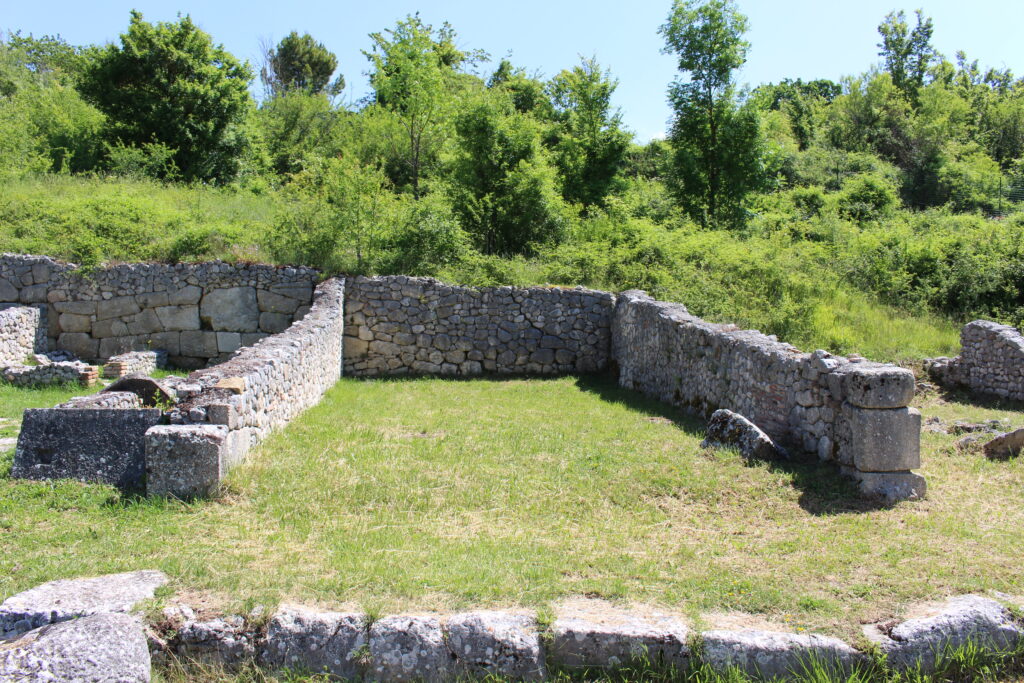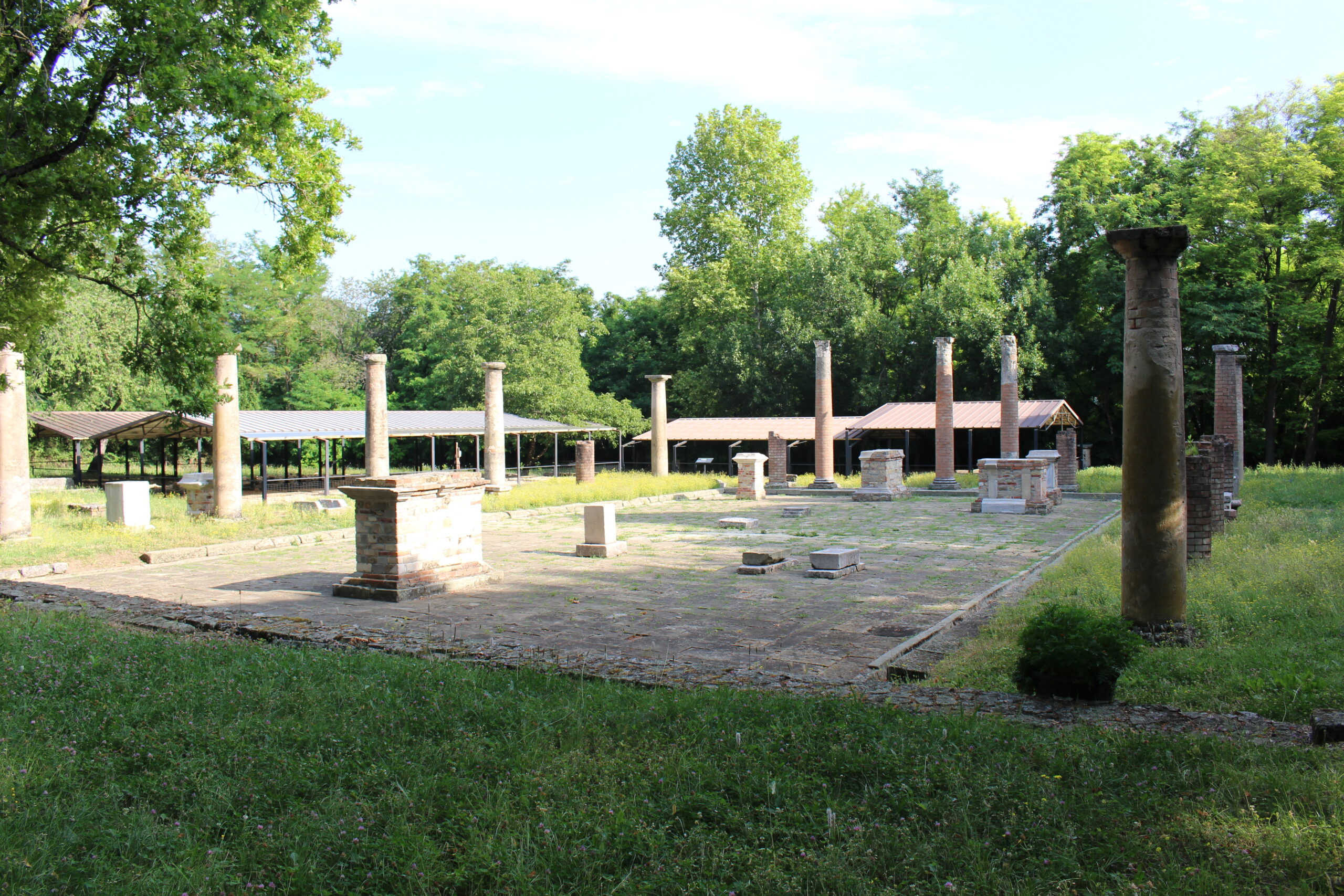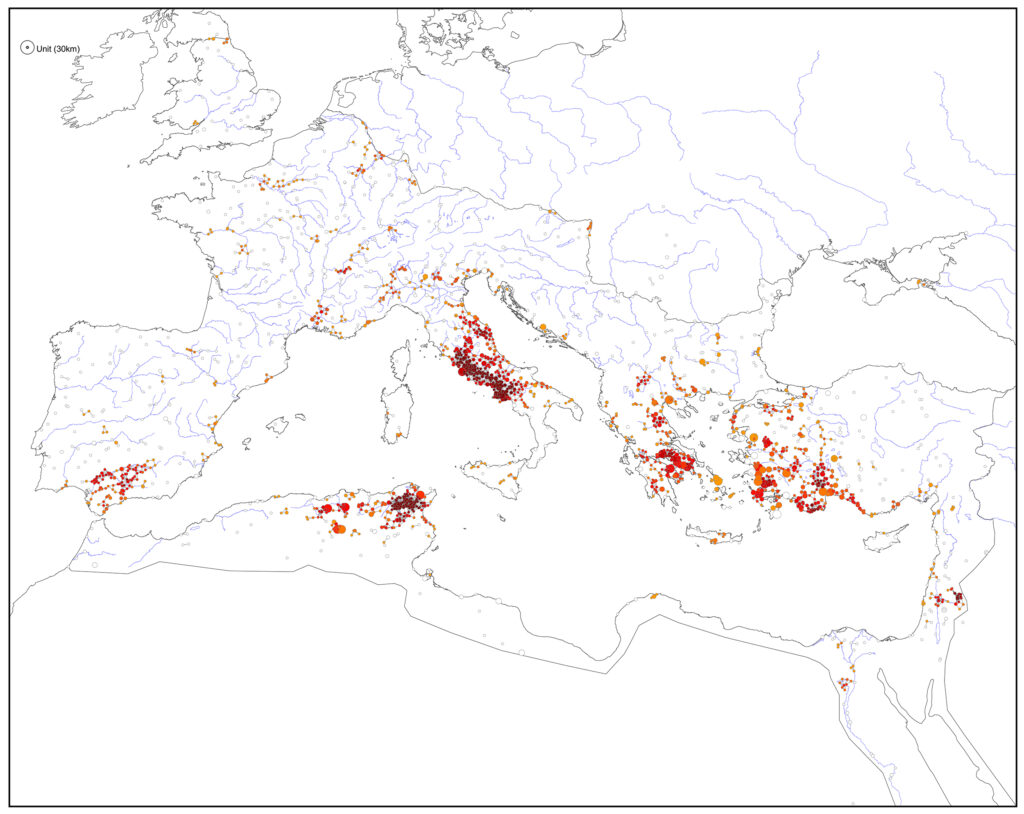
How can we understand economic innovation in antiquity, and what does it mean for our understanding of ancient economic history? This paper studies the appearance of a very common urban feature in the cities of Roman Italy – the taberna. The paper develops around three arguments. At a very general level, it argues that commercial facilities as architectural concepts should be seen as historical phenomena, meaning that their emergence in some form or another represents a development in the history of markets, and that architectural change constitutes a logical focal point for discussions about the history of markets. Second, more specifically, this paper will argue that this is particularly true for the Roman taberna, which becomes visible in our archaeological and textual record only at a relatively late point in Roman urban history, suggesting there may have been a preceding period in which this phenomenon did not play a role in everyday economic practice; indeed, it will be suggested that this period ended more recently than has commonly been assumed. Thirdly, this paper will argue that the taberna did not have any direct predecessors in the Greek world, as has sometimes been suggested, but was an innovation of Middle Republican Central Italy that at some point was picked up and further spread by both the Roman authorities and private investors. This innovation, it is argued, was so fundamental for the history of retail in Roman Italy that it should count as an ‘institutional revolution’: it profoundly transformed the rules of the game in everyday economic practice.
Together, these arguments serve to make the point that, when discussing the economies of the market in the Greco-Roman World, ‘innovation’ should be a leading historical concept. That is to say, the subliminal message of this chapter is that debates about Greco-Roman economic history should not so much be primarily interested in how markets worked, and how this fits – or does not fit – with our conceptualizations about pre-modern or modern economies; rather, they should aim to explore how market institutions and market practices developed over time and adapted to changing economic realities. This position should be taken as opposing itself to approaches to the Roman economy that unduly privilege structural analysis over historical development, often in terms strongly opposing the Roman past to the modern world. As this paper will highlight, this obliterates many changes and developments within the Roman world.
Bibliographical details
Type
Chapter in edited volume, 2022. Publication of a February 2019 conference organized in Kassel, where I gave an invited talk.
Reference
Flohr, M. (2022). ‘An institutional revolution? The early tabernae of Roman Italy’, in K. Ruffing and K. Droß-Krüpe (eds), Markt, Märkte und Marktgebäude in der antiken Welt. Wiesbaden: Harassowitz, 425–439.
Open Access
A PDF of this publication is available in Open Access via Leiden University (https://hdl.handle.net/1887/3561535).
Miko Flohr, 08/11/2022


